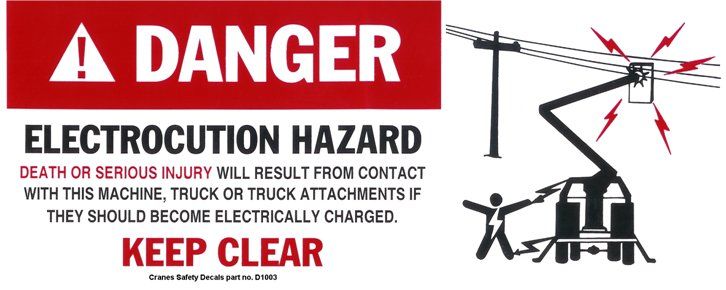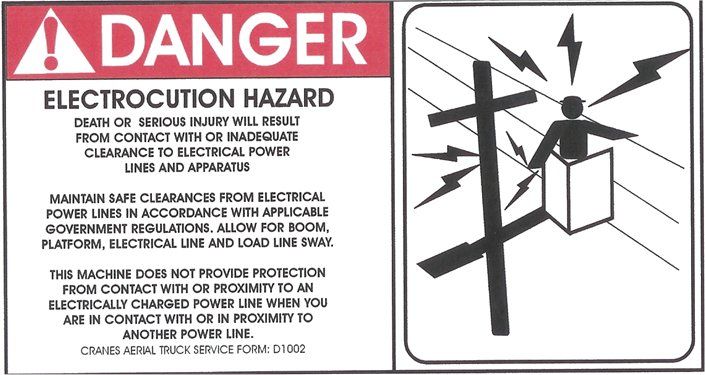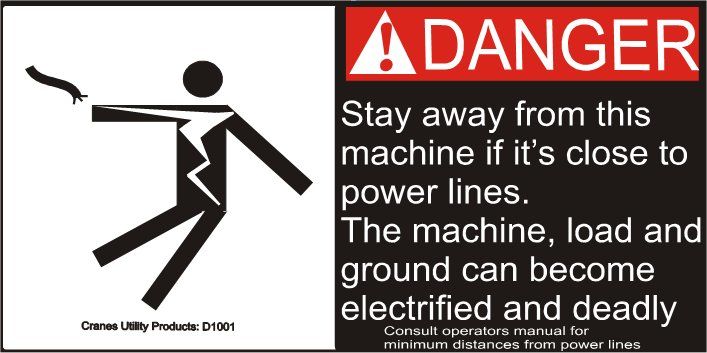The following article is a repost from September 24, 2015 on the old Cranes101 blog written by our founder Jay Sturm. The article outlines a common situation following accidents and their resulting OSHA inspections and lawsuits.
I was asked a good question recently and have been asked similar questions like this before.
“You wrote my crane up as deficient because I didn’t have Electrocution Warning decals on all four sides of the crane. I looked at the standards and they don’t state that there needs to be Electrocution Warning decals on all four sides of the crane”
He’s right, it doesn’t say that specifically. This item is representative of a number of articles in the crane standards that need to be interpreted for the best possible inspection.
Using this example, imagine if there was an accident involving a ground worker and electrocution. Let’s say that the ground worker touched the crane on the very side that had no electrocution warning and got injured as a result of the crane crossing electrical wires.
From where I sit, nothing is far-fetched. When you think of it, every accident wasn’t expected. That makes the art of safety a test to prevent everything that is unexpected.
OSHA provides crane safety standards that are the MINIMUM safety standards. Likewise, in the event of an injury, OSHA is the least of your troubles. Let’s get back to our injured ground worker…
The ground worker is hurt. OSHA levies a citation and fine at the hearing. The citation doesn’t involve the missing decal at all. In fact, maybe the OSHA inspector interpreted this standard differently or maybe he missed it during his investigation. (I wouldn’t ever expect OSHA to miss anything) So now what?



I’ll tell you from experience. The ground worker’s lawyer does his investigation. He notices that there is no conspicuous warning label regarding the possibility of electrocution and he questions the crane safety standards. His interpretation is very specific.
His client (the injured ground worker) should have been able to approach this crane from any angle and be aware of the imminent electrocution potential. The ensuing lawsuit makes OSHA’s fine seem…minimal.
This is only one of many interpretation issues that I address during an inspection. My goal is to keep my customers and their workers safe and to prevent any scenarios like this from happening. Many items on my inspections are perpetuated from incidents that I’ve been involved in and outcomes of litigations that I’ve been involved in.
Be Safe, Be Healthy, Be Happy
– Jay Sturm
If you need your equipment inspected, our sister company CATS has you covered.
